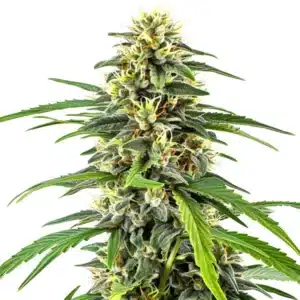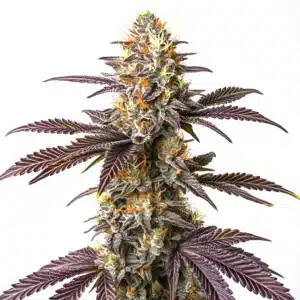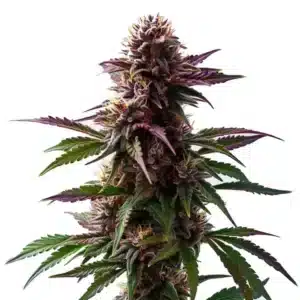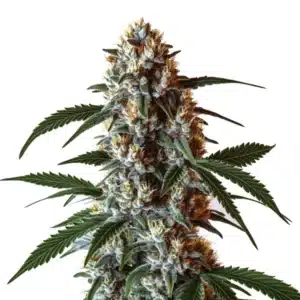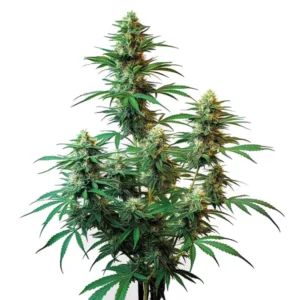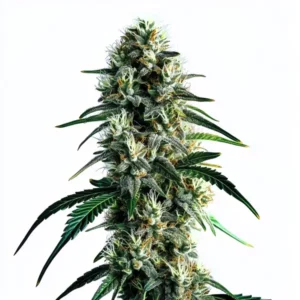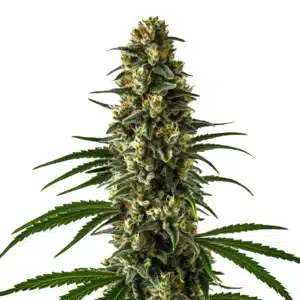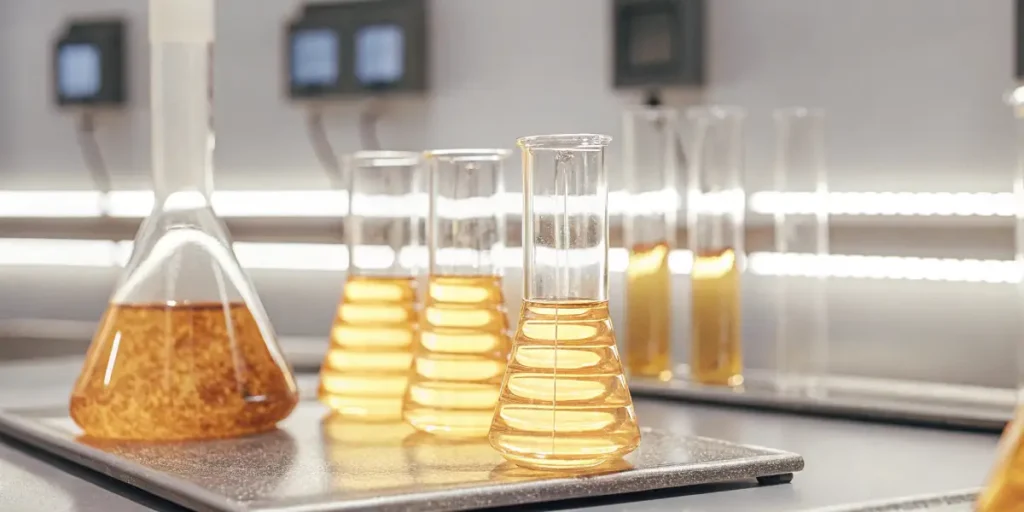
Cannabinoid Bioconversion Methods
Cannabinoid bioconversion methods are gaining popularity. These techniques convert one type of cannabinoid into another. This transformation is crucial for both medicinal and recreational cannabis users. It allows for the creation of specific compounds like CBD and THC. The process involves various scientific techniques that are both fascinating and practical.
Bioconversion methods offer a sustainable approach. They maximize the potential of hemp and cannabis plants. This is not just for large-scale operations. Even small growers can benefit. By knowing these methods, growers can increase their yield and optimize the quality of their products. It’s a win-win for everyone involved.
Recommended Strains
Afghan x Haze
|
|
THC | 22% - 25% (Medium) |
|
|
Type | Feminized |
|
|
Yield | Medium |
|
|
Phenotype | 40% Indica / 60% Sativa |
Amnesia Haze
|
|
THC | 18% - 22% (Medium) |
|
|
Type | Feminized |
|
|
Yield | High |
|
|
Phenotype | 30% Indica / 70% Sativa |
For those interested in cannabis cultivation, knowing about bioconversion is essential. From the first-time buyer to the seasoned grower, there’s always something new to learn. Whether you’re growing Super Silver Haze, White Widow, or Blue Dream from Blimburn Seeds, these methods can help you make the most of your plants.
Microbial Bioconversion of Cannabinoids
Microbial bioconversion of cannabinoids involves using microorganisms. These tiny helpers convert cannabinoids into more desired forms. This method is efficient and eco-friendly. It relies on naturally occurring processes. By using microbes, growers can enhance the cannabinoid profile of their plants.
Think of microbes as tiny chemists. They work tirelessly to transform compounds. This is especially useful for creating specific cannabinoids like CBD. For instance, if you’re growing Blue Dream, you might want to boost its CBD content. Microbial methods can help achieve this goal.
Advancements in microbial bioconversion of cannabinoids have shown promising results. Researchers are continuously discovering new strains of microorganisms that can further enhance cannabinoid bioconversion techniques for CBD production. These innovative approaches not only increase efficiency but also open new avenues for custom-tailored cannabinoid profiles.
The integration of microbial bioconversion methods into standard cultivation practices provides a significant advantage. These methods can be seamlessly incorporated with existing systems, allowing growers to experiment with various microbial strains and achieve their desired cannabinoid outcomes. This adaptability makes microbial bioconversion a versatile tool in the cultivator’s arsenal.
Benefits of Microbial Bioconversion
One of the main benefits is sustainability. This method uses fewer resources compared to traditional methods. It’s all about working smarter, not harder. Microbial bioconversion is cost-effective and reduces waste. It’s a green solution for modern growers.
Another advantage is precision. Growers can target specific cannabinoids. This customization is invaluable. Whether you’re aiming for more CBD or THC, microbial methods can help. It allows for a tailored approach to cannabis cultivation.
Microbial bioconversion techniques for CBD production also present an opportunity for increased product diversity. By precisely targeting and increasing the concentration of specific cannabinoids, growers can produce unique strains that cater to niche markets, offering consumers a wider variety of products to choose from.
Moreover, the precision offered by microbial bioconversion methods ensures consistency in the end product. For medicinal users, this consistency is crucial, as it guarantees that the therapeutic effects are reliable and predictable, enhancing trust in cannabinoid-based treatments.
Promos & Deals
Enzymatic Pathways in Cannabinoid Synthesis
Enzymatic pathways play a key role in cannabinoid synthesis. Enzymes are proteins that speed up chemical reactions. They’re like tiny machines working inside the plant. By knowing these pathways, growers can enhance cannabinoid production.
These pathways are crucial for producing cannabinoids like CBD. They involve a series of reactions. Each step is carefully orchestrated. By optimizing these pathways, growers can increase their yield. It’s a scientific approach with practical benefits.
The exploration of enzymatic pathways in cannabinoid synthesis has led to breakthroughs in plant biology. By manipulating these pathways, scientists can engineer plants to naturally produce higher concentrations of desired cannabinoids, thus optimizing bioconversion of hemp-derived cannabinoids.
Knowing enzymatic pathways also offers insights into the plant’s natural defense mechanisms. By enhancing these pathways, growers can create plants that are more resilient to environmental stresses, reducing the need for chemical pesticides and contributing to more sustainable cannabinoid bioconversion processes.
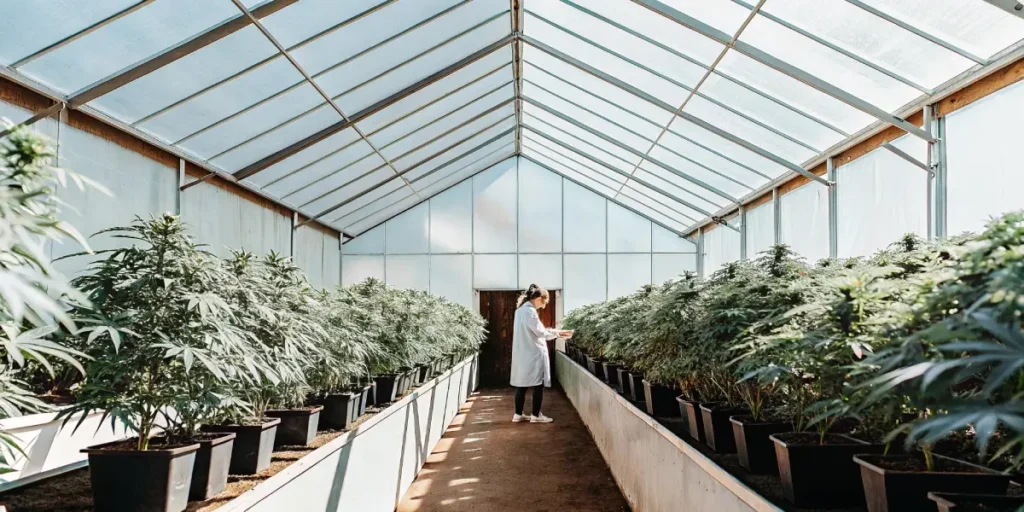
Optimizing Enzymatic Pathways
Optimizing these pathways is a game-changer. It involves fine-tuning the plant’s natural processes. This can lead to higher cannabinoid content. Techniques like selective breeding and genetic modification are used. These methods are not just for large-scale operations. Even small growers can take advantage.
For example, if you’re growing Super Silver Haze, you might want to increase its THC content. By optimizing the enzymatic pathways, you can achieve this. It’s about working with the plant’s natural abilities.
Optimizing enzymatic pathways in cannabinoid synthesis requires a deep knowing of plant genetics. By employing modern genetic techniques, growers can select and enhance specific traits in their plants, leading to a more effective cannabinoid production process that aligns with market demands.
Furthermore, optimizing these pathways can contribute to a more efficient use of resources. By ensuring that every biochemical reaction within the plant is maximized for cannabinoid production, growers can achieve higher yields with less input, promoting sustainable cultivation practices.
Sustainable Cannabinoid Bioconversion Processes
Sustainability is at the heart of modern cannabis cultivation. Sustainable cannabinoid bioconversion processes are essential. They focus on reducing environmental impact. This is achieved through efficient use of resources and minimizing waste.
These processes are not just good for the environment. They’re also cost-effective. By reducing waste, growers can save money. It’s a practical approach that benefits everyone. Whether you’re growing White Widow or Blue Dream, sustainability should be a priority.
Implementing sustainable cannabinoid bioconversion processes involves a holistic approach to cultivation. This includes using renewable energy sources, recycling waste materials, and implementing closed-loop systems that reduce the need for external inputs, all of which contribute to a more eco-friendly operation.
As the demand for environmentally conscious products increases, adopting sustainable bioconversion methods can also serve as a unique selling point for growers. By highlighting their commitment to sustainability, cultivators can appeal to a growing segment of consumers who prioritize eco-friendly practices.
Real-Life Applications
In real-life, sustainable processes are already making a difference. Many growers are adopting these methods. They’re seeing improvements in yield and quality. It’s a movement towards a more responsible cannabis industry.
For example, using organic fertilizers and natural pest control methods. These practices align with sustainable bioconversion. They reduce the need for chemicals and promote healthy plant growth. It’s about working with nature, not against it.
Real-life applications of sustainable cannabinoid bioconversion processes are evident in community-supported agriculture models. These systems emphasize local production and consumption, reducing transportation emissions and supporting local economies, while providing high-quality, sustainably produced cannabis.
Additionally, the use of advanced irrigation techniques, such as drip systems and rainwater harvesting, plays a significant role in sustainable cultivation. These methods not only conserve water but also ensure that plants receive optimal hydration, enhancing both growth and cannabinoid production.
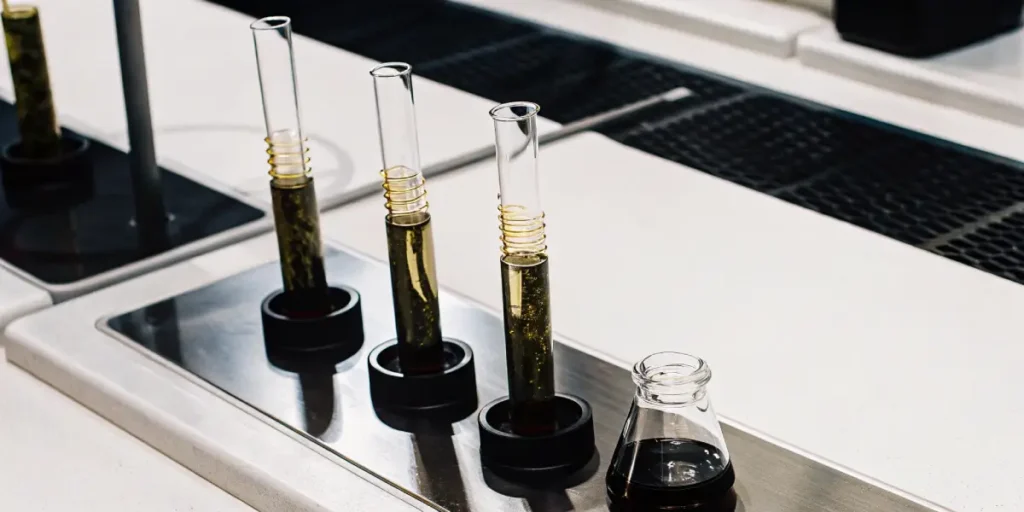
FAQs about Cannabinoid Bioconversion Methods
What are cannabinoid bioconversion methods?
Cannabinoid bioconversion methods are techniques used to transform one type of cannabinoid into another. These processes can enhance the cannabinoid profile of cannabis plants, making them more suitable for specific needs, such as increased CBD or THC content. This transformation is achieved using various scientific approaches including microbial and enzymatic techniques.
These methods are essential for growers looking to optimize their plants for both medicinal and recreational purposes. By knowing and applying these techniques, cultivators can ensure their crops meet desired standards. Whether you’re a first-time grower or experienced in the field, these methods offer valuable insights into maximizing plant potential.
The scope of cannabinoid bioconversion methods continues to expand as research uncovers new possibilities. From addressing specific medical conditions to developing recreational strains with unique profiles, these methods are at the forefront of cannabis innovation.
As the legal landscape around cannabis continues to evolve, knowing these bioconversion methods will become increasingly important for growers who wish to remain competitive and compliant with emerging regulations, ensuring their operations are both profitable and sustainable.
How does microbial bioconversion of cannabinoids work?
Microbial bioconversion of cannabinoids involves utilizing microorganisms to convert cannabinoids into more desired forms. These microbes can naturally transform compounds within the plant, enhancing its overall cannabinoid profile. This method is both efficient and environmentally friendly, making it a popular choice among sustainable growers.
For example, if you’re cultivating a strain like Blue Dream from Blimburn Seeds, microbial methods can help boost its CBD content. By harnessing the power of microbes, growers can achieve specific cannabinoid levels that align with their cultivation goals.
Advances in microbial bioconversion technologies have led to the development of specialized microbial cocktails tailored to specific strains. These microbial combinations can be customized to target desired cannabinoid profiles, offering growers a powerful tool to enhance their cultivation practices.
Moreover, microbial bioconversion techniques are not limited to cannabinoid production. They can also improve plant health and resilience, reducing the need for chemical interventions and promoting a more natural and sustainable growing environment.
Why are enzymatic pathways important in cannabinoid synthesis?
Enzymatic pathways are crucial because they facilitate the chemical reactions needed to produce cannabinoids. Enzymes act as catalysts, speeding up these reactions and ensuring the plant efficiently produces compounds like CBD and THC. By optimizing these pathways, growers can enhance the cannabinoid yield of their plants.
Knowing these pathways allows for fine-tuning of the plant’s natural processes. Whether you’re growing Super Silver Haze or another strain, optimizing enzymatic pathways can lead to higher quality and more consistent results, benefiting both recreational and medicinal users.
The study of enzymatic pathways in cannabinoid synthesis also provides insights into the evolutionary biology of cannabis plants. By tracing these pathways, researchers can uncover how different strains evolved to produce unique cannabinoid profiles, informing breeding programs and genetic studies.
Furthermore, the manipulation of enzymatic pathways offers potential for the development of novel cannabinoids that do not naturally occur in significant amounts. This could lead to the discovery of new compounds with unique therapeutic benefits, expanding the potential applications of cannabis in medicine.
What makes cannabinoid bioconversion processes sustainable?
Sustainable cannabinoid bioconversion processes focus on reducing environmental impact by using resources efficiently and minimizing waste. These methods often involve organic practices, such as natural pest control and water conservation, aligning with the principles of responsible cannabis cultivation.
For instance, when growing White Widow from Blimburn Seeds, employing sustainable practices can lead to both economic and environmental benefits. By prioritizing sustainability, growers not only protect the environment but also enhance the quality and profitability of their operations.
Emphasizing sustainability in cannabinoid bioconversion processes also involves adopting a circular economy model. By recycling and reusing materials, growers can minimize their environmental footprint and create a more resilient and self-sustaining cultivation system.
Besides to environmental benefits, sustainable practices can enhance the marketability of cannabis products. As consumers become more environmentally conscious, products that are certified as sustainable can command a premium, offering growers a competitive advantage in the marketplace.
How can growers optimize bioconversion of hemp-derived cannabinoids?
Growers can optimize bioconversion of hemp-derived cannabinoids through various strategies, including selecting the right strains, like those offered by Blimburn Seeds, and employing advanced cultivation techniques. By focusing on microbial and enzymatic methods, growers can enhance the cannabinoid profile of their plants.
Additionally, implementing sustainable practices and utilizing modern cultivation technologies can further optimize the process. This holistic approach ensures that growers maximize both yield and quality, meeting the increasing demand for high-quality hemp-derived cannabinoids.
Optimizing bioconversion of hemp-derived cannabinoids also involves leveraging data analytics and precision agriculture technologies. By using data-driven insights, growers can make informed decisions about resource allocation, pest management, and environmental controls, leading to more efficient and effective cultivation.
Furthermore, collaboration with research institutions and industry experts can provide growers with access to the latest innovations and techniques in cannabinoid bioconversion. This knowledge exchange fosters a culture of continuous improvement and innovation in the cannabis industry.



